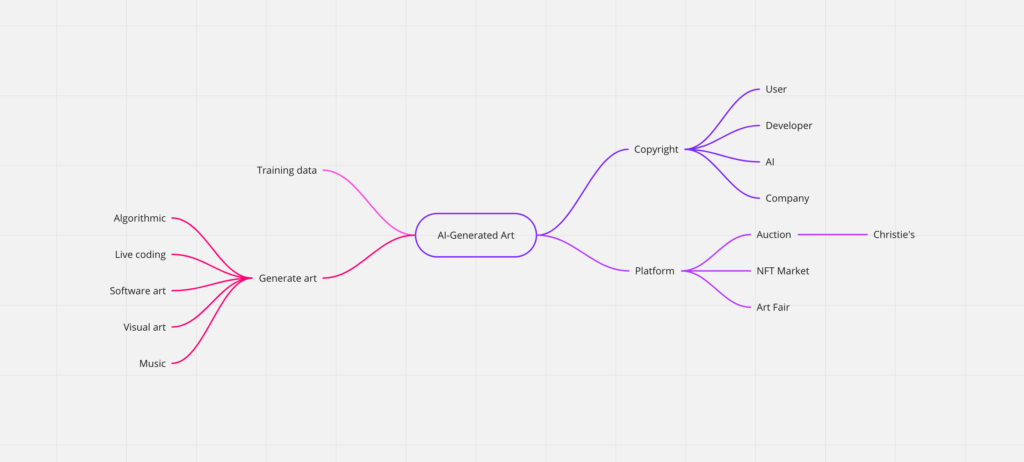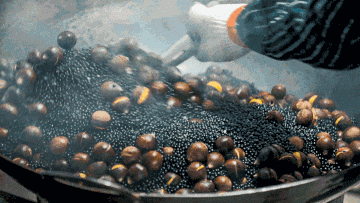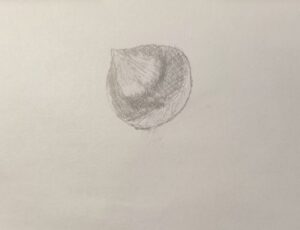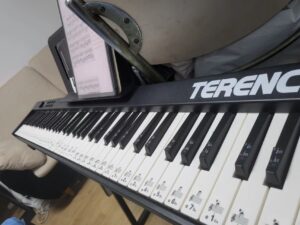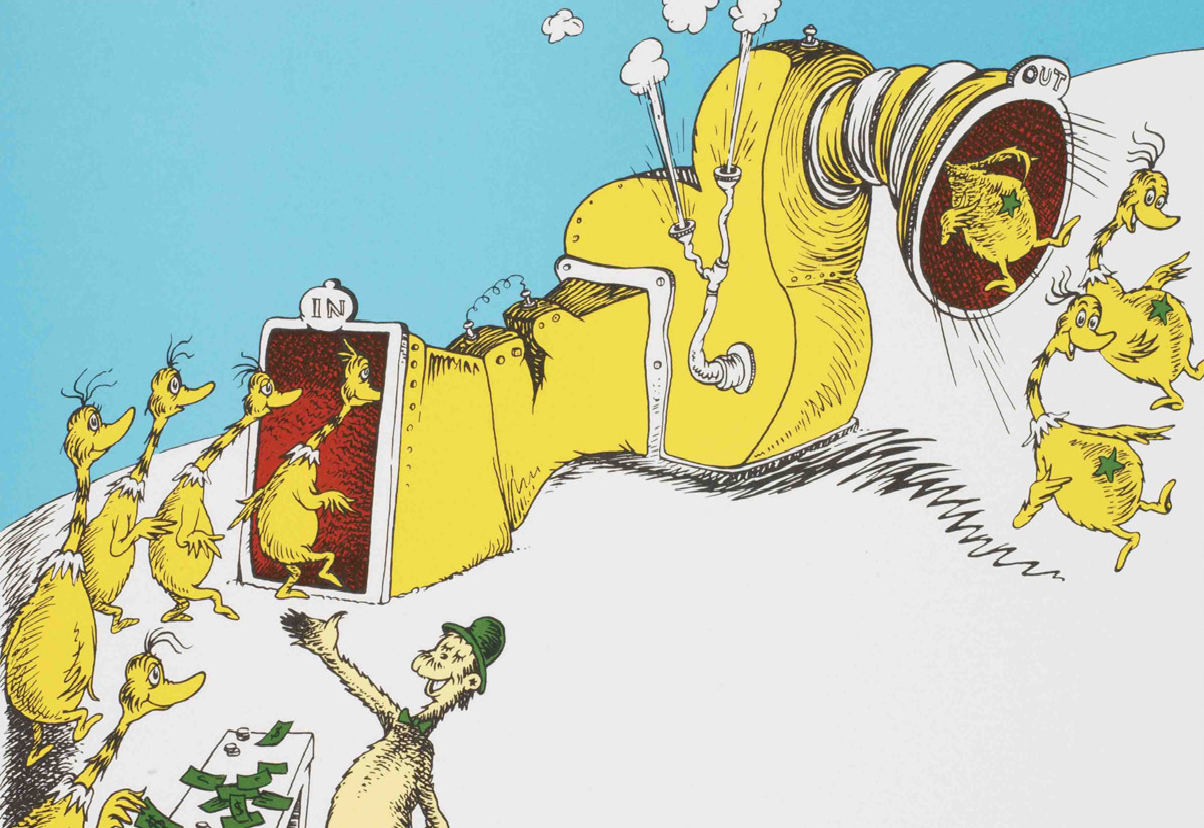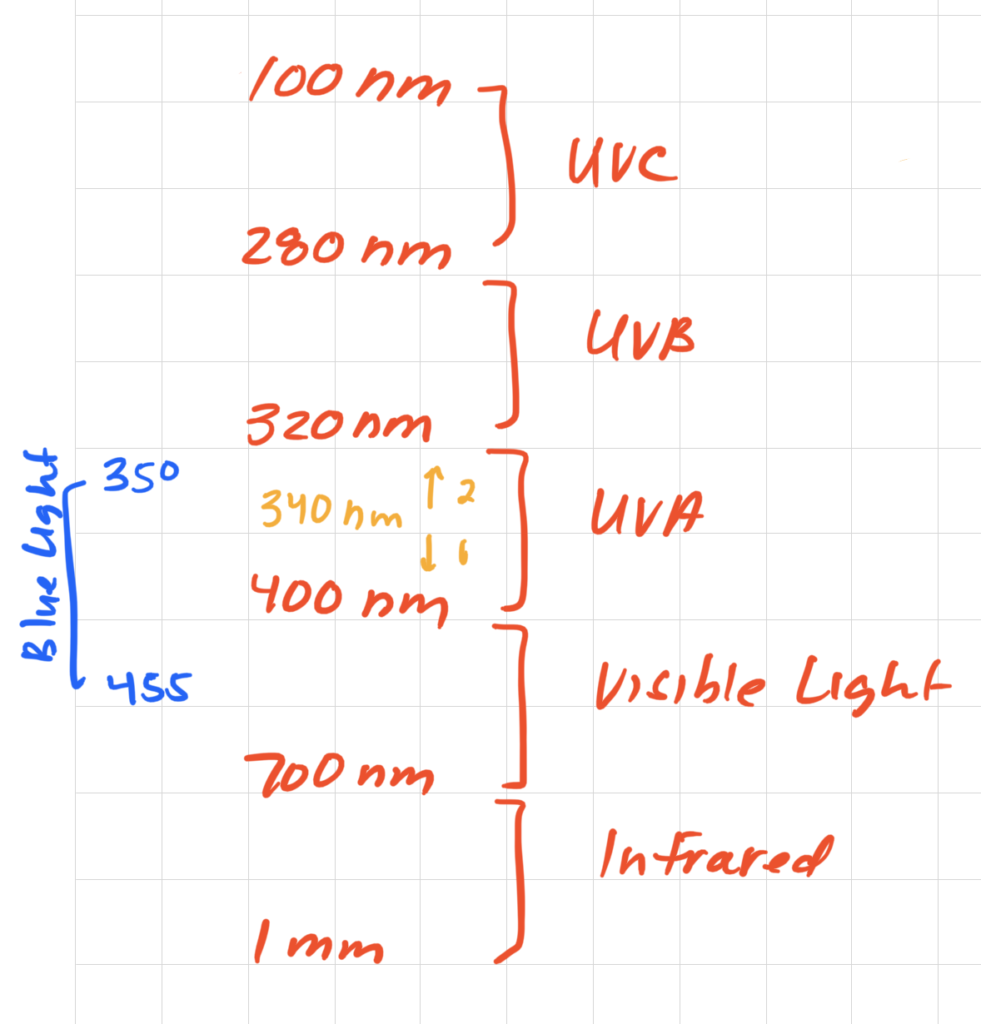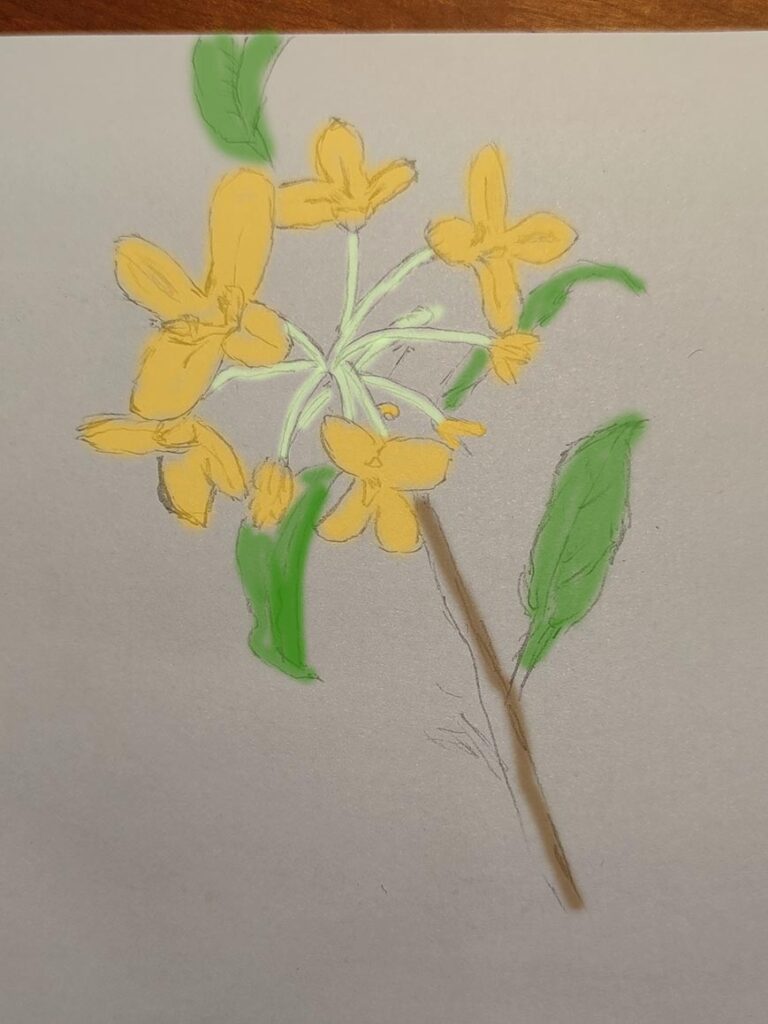Every artist enjoys having the idea that their originality stands out and that their work is completely unique. But if you put in the time and effort, you’ll find that uniqueness is just a romantic idea that doesn’t really exist in the idealized form that people think it does.
Is it stealing, copying, or inspiration if you utilize someone else’s artwork and artificial intelligence to create your own? The largest issue still is: Who owns AI-generated art once it has been produced?
Artificial intelligence (AI) has long produced art. But this year’s technologies, such DALL-E 2, Midjourney, and Stable Diffusion, have allowed even the most inexperienced artists to produce intricate, abstract, or lifelike pieces by merely entering a few words into a text box.
The topic I want to choose is the impact of AI-Generated Art on traditional artists, because of the recent news about An A.I.-Generated Picture Won an Art Prize. and I also noticed that there are more and more digital artists trying to create AI art, which they think is the future trend and similar to the NFT market.
I tied to narrow down my focus using a system map and also used different AI-generated art engines (software) to explore.
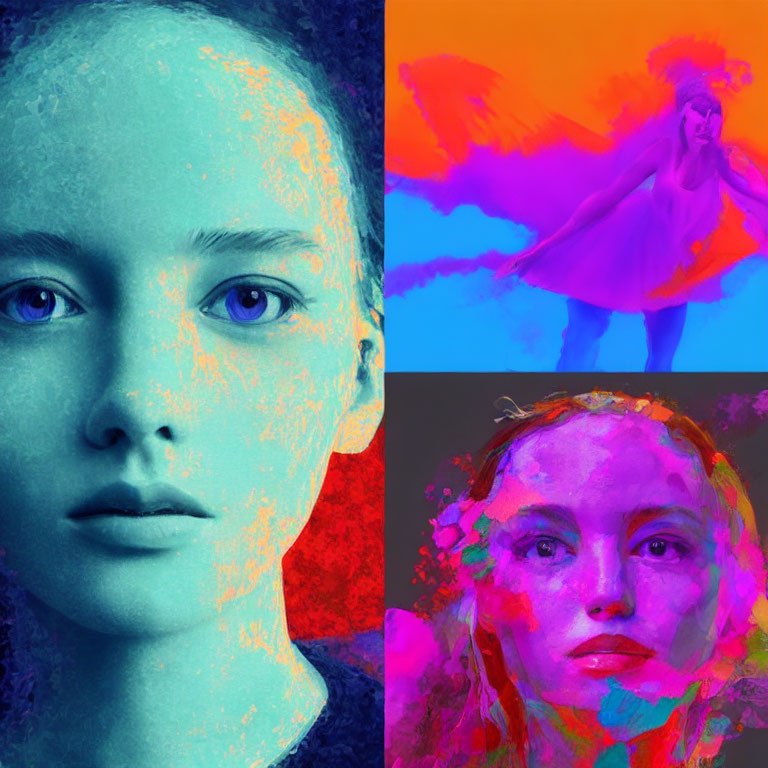
Prompt: Digital artists creating AI-generated art and win the prize
By deepdreamgenerator
System Map:
